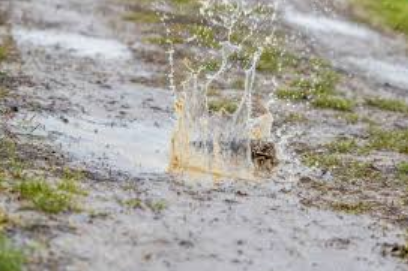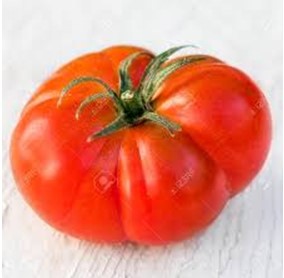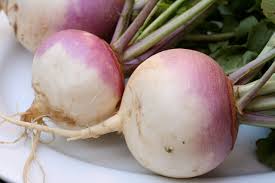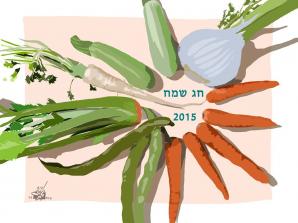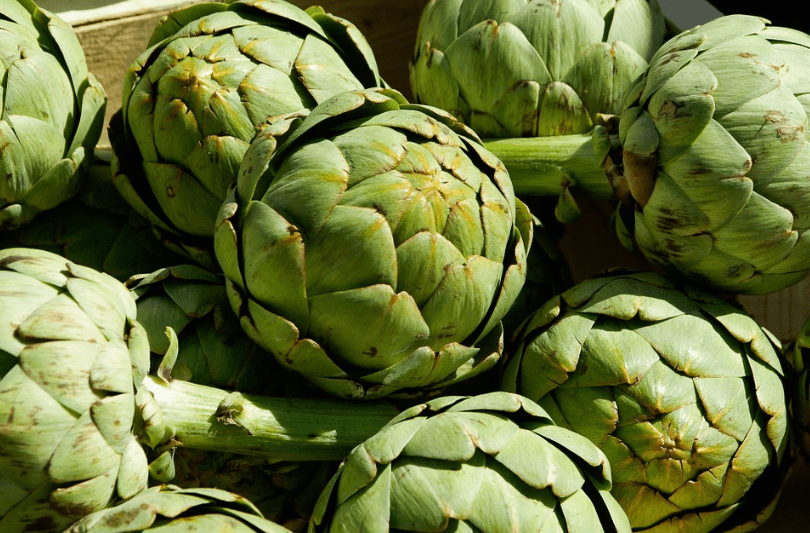A few chilly, rainy days have passed in our region.
After a sunny and warm week – the rain came to remind us that after all, it's still February outside.
It seems like this winter prefers the weekends. What do you do when there is a pause in the rain? Put on your boots and go outside to admire the almond blossoms and jump in the puddles.
If you observe a small child jumping in a puddle it may seem like an art: knowing what the ideal size is to jump right in the middle, and which is better for throwing stones, and when to enter the puddle an inch at a time, because the depth is unknown. As mentioned, the art of puddling. Almost like the art of growing rice, which also – like puddles.
Rice constitutes a nutritional food security for a significant portion of humanity (and one of the oldest – it has been around humans for about 5000 years) – it is of course a grain, similar to barley, wheat and oats, and is the most common crop after corn and wheat. Except for Antarctica, rice can be found everywhere in the world.
The reason why rice is such a common crop stems from its ability to grow in almost any type of soil: terraces, mountain slopes, hills. The reason why in most of the beautiful landscape pictures of rice fields the crops are arranged on terraces, is that this way the water flow can be maximized. Dry rice (white, not whole) can last for periods of decades.
While the rice agrees to grow in many different soils, there are two conditions on which it does not compromise: a lot of water and a lot of hard work (in Thailand, about half of the total workforce is devoted to growing rice).
Take a bag of rice that you have at home. Take a good look at it.
Try to estimate the number of grains, and the number of stems required to grow this number of grains.
Now imagine that in order to grow all these tiny seeds you had to plant them one by one, gently, at the right depth in the soil.
It then had to be flooded with water (the water level in this puddle where the rice grows should be between half a meter to a meter and a half), typically diverted rainwater, or by intentionally digging ditches to divert water from a nearby river.
Sometimes the patch needs to be weeded – meaning, standing in the water that reaches anywhere between the knee and the chin – and remove weeds very gently, so as not to harm the rice.
This is in addition to the minimum requirements of fertilization of course. All this process, so that 100-150 days from the moment of sowing it will be possible to start the hard work of collecting the rice (in places where it is still done manually).
Do you feel like you appreciate your rice more?
For a significant portion of the world's population, the word “rice” is equivalent to the word “food”. On average, a person living in Burma eats about 230 kilograms of rice per year (compared to his American counterpart who gets by with about 9 kilograms per year).
In Japan, when one wants to say “meal”, he says “cooked rice”. Also in Thailand, when close people are invited to eat together, they are offered to “eat rice”, so it goes without saying that every meal must include this basic ingredient.
In these cultures rice is also related to wealth (the sense of wealth is probably clearer when there is food on the table).
In India for example it was said straight forward: rice is related to the Indian goddess of wealth, Lakshmi.
As the regular companion throughout the history of human nutrition, rice contains a rich variety of important nutrients: folic acid, zinc, iron, and nutritional fiber – along with very low amounts of sodium and cholesterol.
Thus, it is an immediate supplier of energy, helps regulate blood glucose levels and improves the metabolism. Think of all this good, next time you pass by a puddle.
Yours.
The Garden’s team
Forecast:
In the ORGANIC vegetable baskets we expect (draft only):
Cucumber
Tomatoes
Lettuce
Potatoes
Beet
Cabbage
Swiss Chard
Parsley
Mint
The Large organic vegetable baskets also include:
Spinach
sweet Potatoe
Coriander
In the ORGANIC fruit baskets (NEW – Increased variety, price – 70 Shekels)
Oranges
Grapefruit
Banana
Clementine
Pomelo
The large ORGANIC fruit baskets also include: ( NEW – Increased variety, price -100 Shekels)
Lemon
Golden apple
Red grapefruit
The ORGANIC Green Basket:
Swiis Chard
A kind of lettuce
Kale
Dill
Green onion
Sprouts
Spinach
Celery
NEW – The ORGANIC Basket for couples or small families (price – 150 shekels):
Cucumber
Tomato
Lettuce
Potato
Eggplant
Pepper
Onion
Parsley
Swiss Chard
Kohlrabi
Squash
Coriander
Carrot
Grapefruit
Lemon
Sweetie

